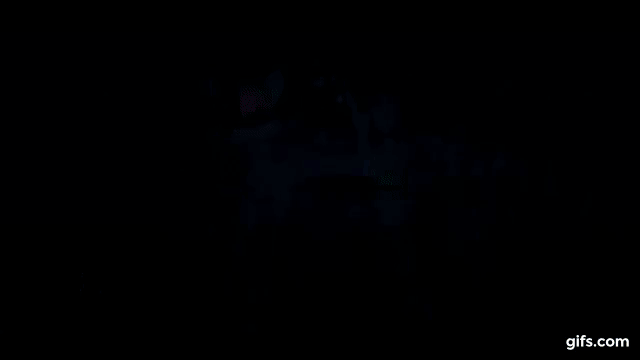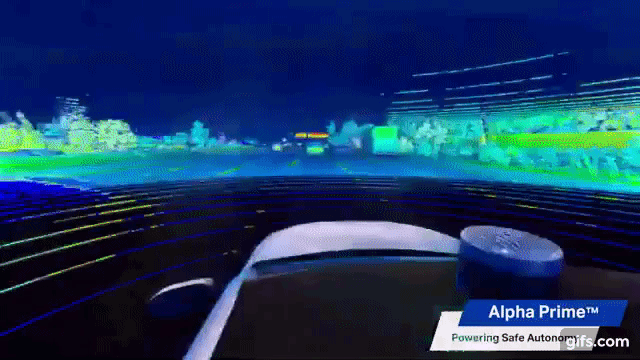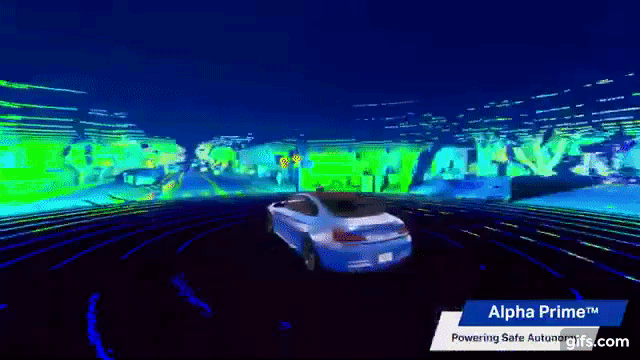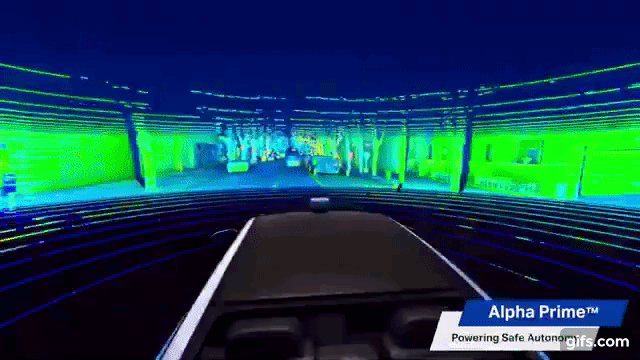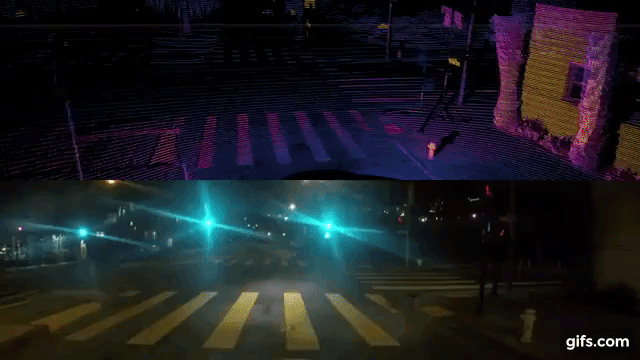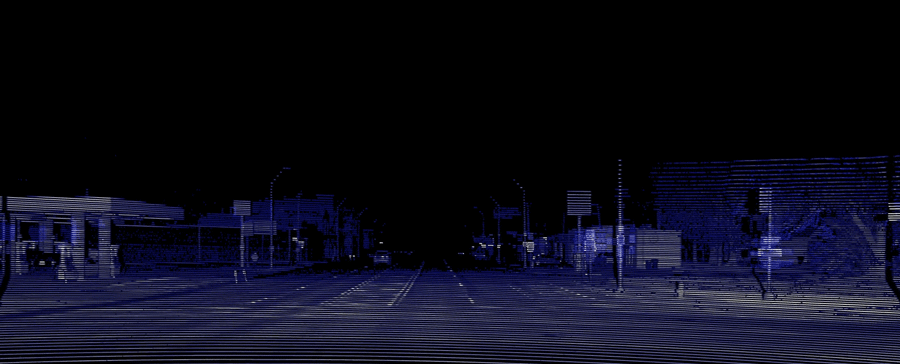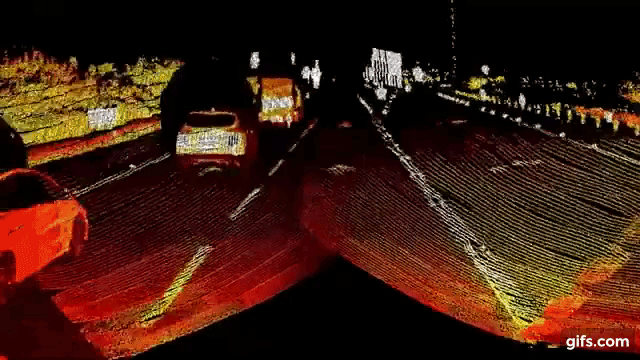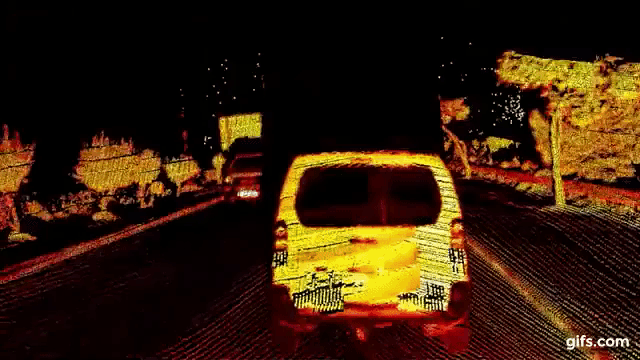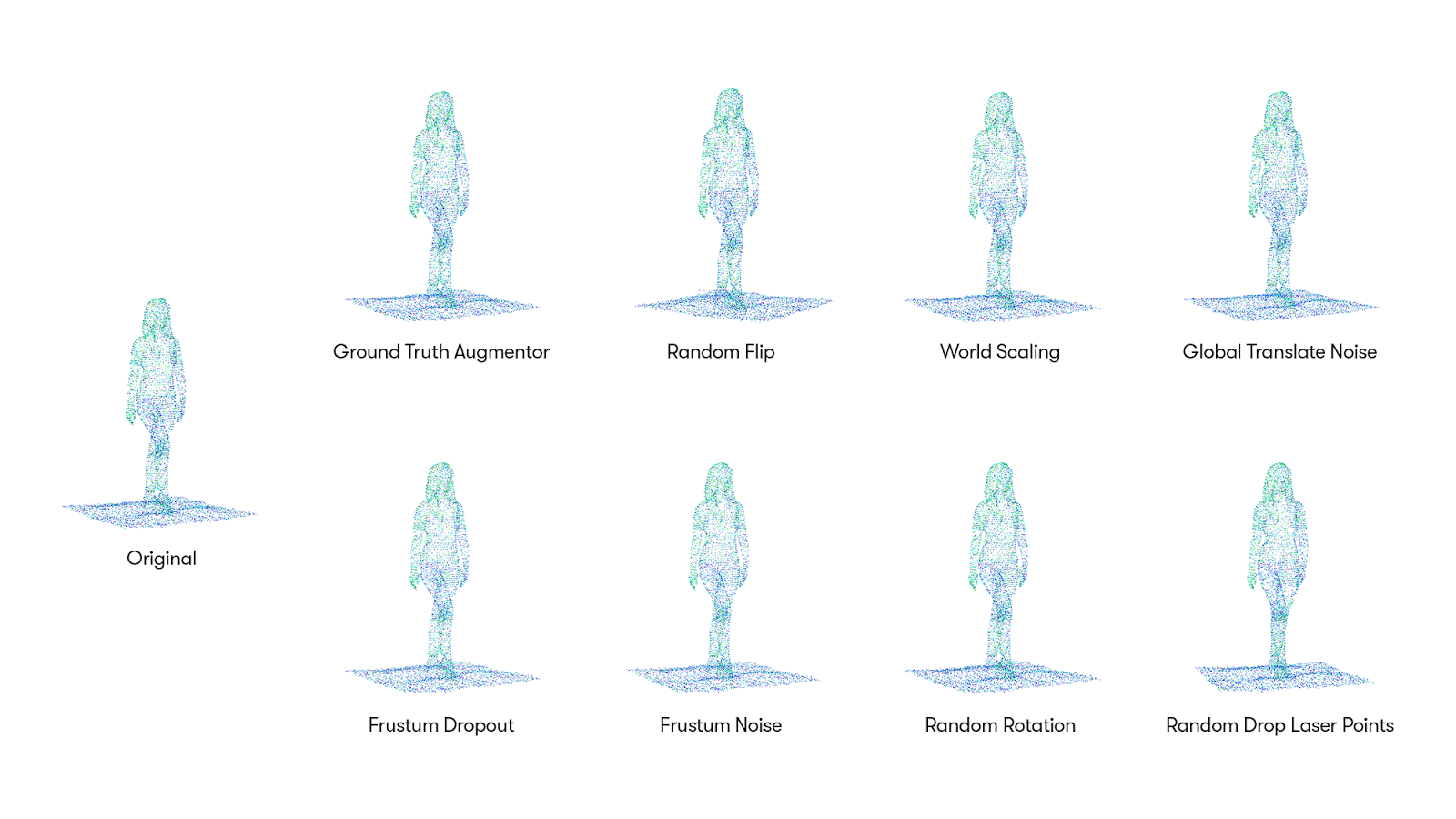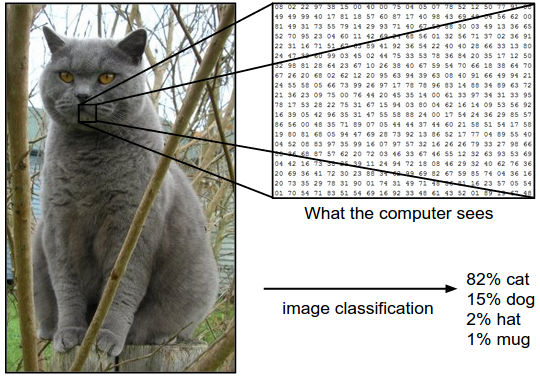I'll get the ball rolling, feel free to correct me.
..................Lidar.........................Vision
Traffic Lights....Detect, not color.............Detect plus color
Signs
Overhead signs....Reflective + Detect...........Detect
Road Signs........Reflective + Detect...........Detect
Read Signs........Yes in theory. In Practice?...Yes
Markings
Crosswalks........Reflective Detect.............Detect
Road Markings ....Reflective Detect.............Detect
Lane Lines........Reflective Detect.............Detect
Objects
Curbs.............Detect........................Detect
Crosswalks........Detect........................Detect
Moving Objects....Detect plus velocity..........Detect
Static Objects....Detect........................Detect
Precisely
This has got to be the biggest joke conversation I've had so far. To think lidar will be used to read signs or road markings for FSD.
Do you guys actually think LIDAR has enough resolution to recognize text on a road sign, let alone a road marking? Good God, bladerskb and his hundreds of academic papers.
To the uninformed and misinformed, facts are regarded as a joke. You said "but lidar can't do the majority in that picture."
Why can lidar see lane lines, cross walk and road markings? Because of the luminosity and reflectance of the paint, secondly the raised bump of the lines. Infact Lidars can see lane markings better than they can see vehicles and pedestrains.
Here is Lidar from LIVOX detecting quite clearly:
Lane Lines, Cross Walk, Road Markings, Curbs, Overhead Signs, etc.
Here is LIDAR from Veloydyne clearly detecting & seeing:
Lane Markings, Lane Lines, Cross Walk Road Markings, Curbs, Construction, Overhead Signs, etc
Lidar from OUSTER clearly reading traffic/road signs (25 speed limit):
I could keep posting more from Luminar, Innuvision, Innoviz, but its pointless.
Most Tesla fan still think that Lidar Tech is stuck at where it was in 2010. Not knowing there has been over 10 years of Lidar development. Questions being asked in this thread is will companies drop lidar? What should be asked is will companies drop camera and only use it in front detect status of traffic lights?
Going even further than the above.
Modern Lidar can take the depth and intensity from each Lidar point returns to display fixed resolution depth images, signal images, and ambient images in real time, all without a camera. This isn't hooking up a camera next to a lidar. No, this is the actual output from the Lidar.
This is the output of Waymo's 5th gen Lidar.
This is the output of Outer's lidar after a firmware update in 2018 to use the Lidar point returns to display an image and as you can see the 50 speed limit sign:




